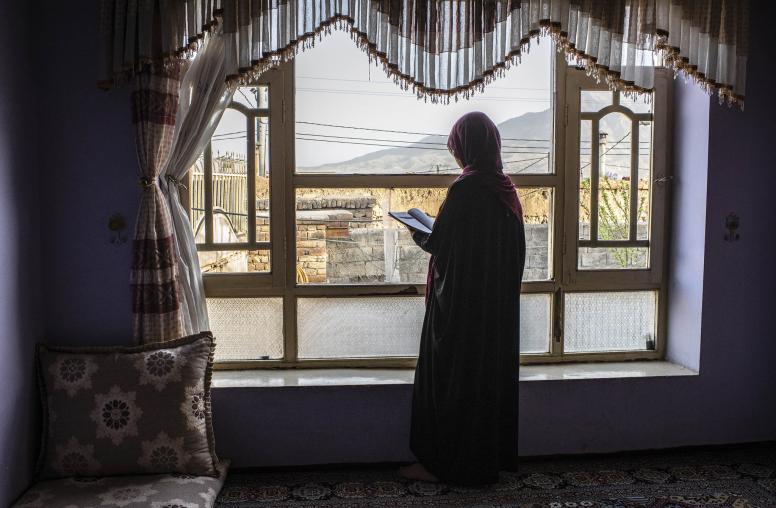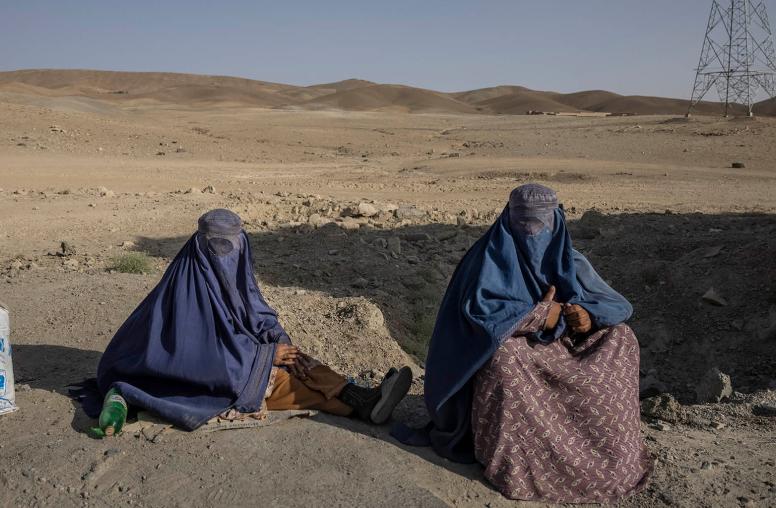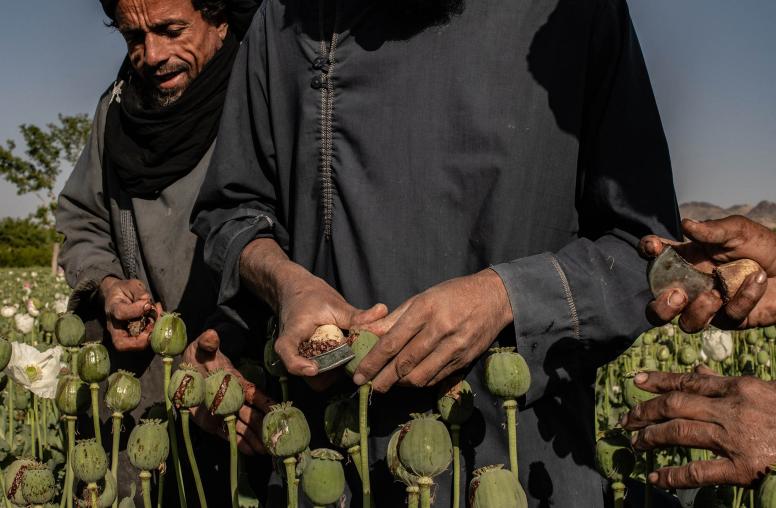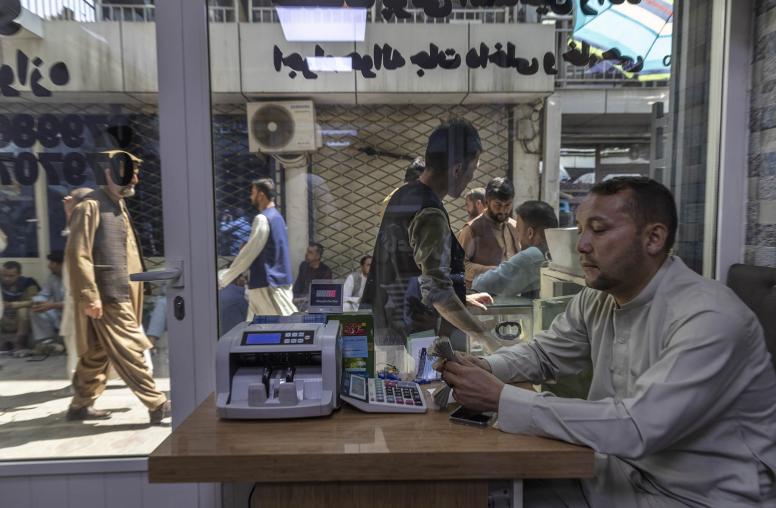
The New Year may bring renewed attention in Washington to the Afghanistan drawdown, especially with the scheduled visit of President Hamid Karzai next week. Most U.S. and other NATO troops are due to leave Afghanistan by the end of 2014, and the country’s future stability may rest on negotiations in and around both capitals over how many forces to leave behind and how to support Afghanistan’s transition. USIP has been stressing that the political transition is as important as the military shifts. In examining the domestic political considerations and the potential national security issues facing the U.S., The New York Times’s Thom Shanker drew parallels to the Soviet Union’s withdrawal in 1989 in a Jan. 1 article.
USIP expert William Byrd, a former World Bank country manager in Afghanistan, examines the lessons history provides for the transition in a recent report. He flags the need for attention to security risks, Afghanistan’s economic challenges and the role of its neighbors. It’s “important not to overlearn lessons from history,” Byrd cautions. Afghanistan’s “poor experience with divisive, ideologically and ethnically oriented political parties during the 1960s to the 1990s” doesn’t necessarily portend a recurrence of the pattern. Political parties have been found to be vital to successful democracies, he wrote.
The relative stability of the decades between 1933 and 1973, despite the challenges of the time, “was anchored in a centralized but weak monarchial state and traditional informal local governance,” Byrd said. “Significant efforts have been made since 2001 to rebuild a unitary, centralized state, albeit with mixed progress,” he wrote. “Little headway, however, has been made in restoring or replacing informal local governance” to re-establish some legitimacy and a sense of either formal or informal rule of law.”
Byrd also dispels some common myths about Afghanistan that sometimes get in the way of decision-making. He notes, for example, that despite concerns about the permanence of the “Durand Line” that demarcates the border between Afghanistan and Pakistan, “Afghanistan has a far longer history as a distinct national entity with continuity to the present than most of its neighbors.”
Check out his report, and tell us how apt you think the most common historical parallels are to Afghanistan’s current transition? How much influence are they likely to have on decision-making there and in the U.S. and other NATO countries involved?
Viola Gienger is a senior writer for USIP.



